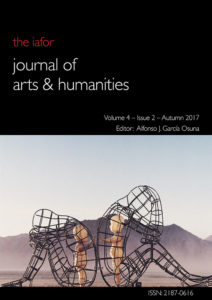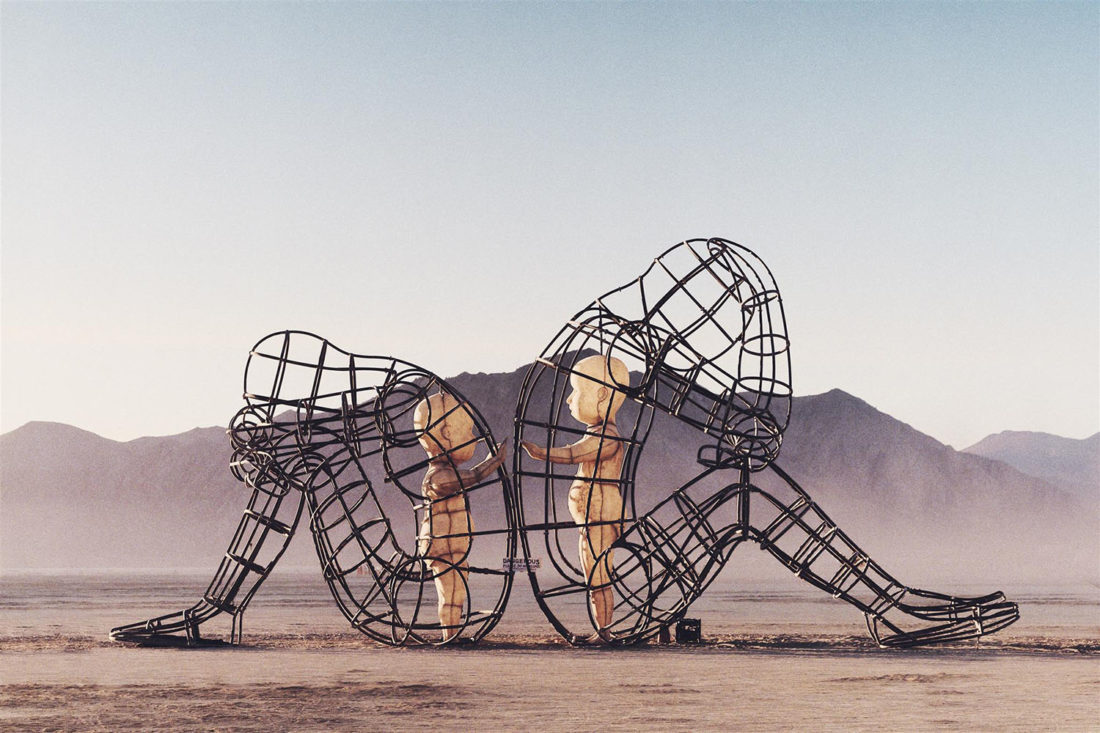IAFOR Journal of Arts & Humanities: Volume 4 – Issue 2
Editor: Dr Alfonso J. García Osuna, Hofstra University, United States of America
Published: December 8, 2017
ISSN: 2187-0616
https://doi.org/10.22492/ijah.4.2
Introduction to the Issue
 We live in an age when technology has transformed knowledge into a consumer good and, as such, the question of knowledge is now a question of politics. Ever increasingly, schools, colleges and universities are becoming providers of a commodity and, in consequence, education is gradually turning into the stuff of commerce. Inevitably, given the nature of this consumer good, standards drop in the scuffle to acquire a larger share of available costumers.
We live in an age when technology has transformed knowledge into a consumer good and, as such, the question of knowledge is now a question of politics. Ever increasingly, schools, colleges and universities are becoming providers of a commodity and, in consequence, education is gradually turning into the stuff of commerce. Inevitably, given the nature of this consumer good, standards drop in the scuffle to acquire a larger share of available costumers.
In this turbid atmosphere, where public funding for education is diminishing, it becomes the responsibility of educators and researchers in the humanities to identify the implications of this present-day environment and unearth the hierarchy of convictions that define modern society’s order of priorities. It is also a matter of urgency that academics continue to think analytically, to detect and diagnose developments in this environment in order to place themselves and their endeavours in a position to challenge and contravene political and mercantilist interpretations of knowledge.
Knowledge based on political or mercantilist concerns focuses intellectual inquiry on the world as it is, which is not devoid of merit, but we in the humanities expand that inquiry’s purview to account for a particularly human activity: our persistent envisioning of the world as it should be. Evidently, this activity brings with it an immense redemptive energy that engenders beneficial transformations at all levels of society.
I mean to propose, then, that in this period in history we need the humanities to see us safely through the death traps of a world fascinated with technological advancements, a contented world of mind-numbing gadgets that provide instant gratification, a world that, by the bye, can self-destruct at any moment. This unbridled canonisation of technology, of the practical, of profit, of financial strategy and the ever faster fulfilments of virtual worlds corrodes the very foundations of the freedoms that made technological advancements possible, leading us to a post-human age where our capacity to envisage a better tomorrow will be thoroughly compromised.
The selected articles in this issue of the IAFOR Journal of Arts and Humanities were chosen because they are illustrative of current research trends or, conversely, because they represent novel approaches in humanities research. Law Alsobrook discusses asemic writing, a wordless form of textual communication, with semantically open content left to the reader’s interpretation; Raphael Foshay situates the interpretation of Plato in its 2500-year trajectory toward a significant change in the mid-twentieth century, away from the attempt to establish Plato’s metaphysical doctrines to a recognition of the intrinsic value of their literary-dramatic dialogue form; Antarleena Basu explores how, through the amalgamation of images and words, India’s historical events have been represented within the frame of the graphic narrative and how these narratives serve to uphold the principles of the “history from below” type of historical narrative, thereby providing counter-narratives to the more dominant, so-called “historical facts”; Angeliki Monnier formulates a theoretical proposal, that of considering the uses of information and communication technologies (ICT), particularly social media, as “habitus”, inspired by Pierre Bourdieu’s Field Theory. Monnier’s thesis draws on research conducted on the professional network LinkedIn; Eugenia Charoni analyses two plays in which migrant characters remain silent, immobile and/or unable to react to or communicate with Spaniards. Charoni considers how the silence and immobility of migrant characters makes them an essential point of reference in both plays, their moral appeal eventually overpowering the Spanish protagonists’ shallow discourse; Bernard Elphas Sakala’s paper finds that although there have been several efforts to improve youth entrepreneurship development on the African continent, many approaches ignore the family as primary institution and as a key stakeholder in youth entrepreneurship. Sakala’s work also reveals that, although the family remains ignored, there are opportunities that are found within the family that can help to steer youth entrepreneurship forward; and Ashok Bhusal analyses just how United States anti-miscegenation laws contributed to the social exclusion of minority groups, how their design furthered the preservation of the “purity and superiority” of whites, and how they ultimately guaranteed the whites’ privileged access to financial matters.
It is hoped that these articles will contribute to a reassessment of the importance of the humanities for the future of critical resistance.
Dr Alfonso J. García Osuna
Editor

